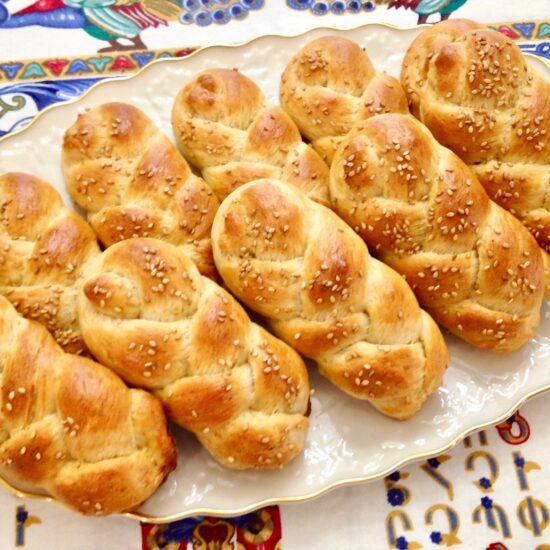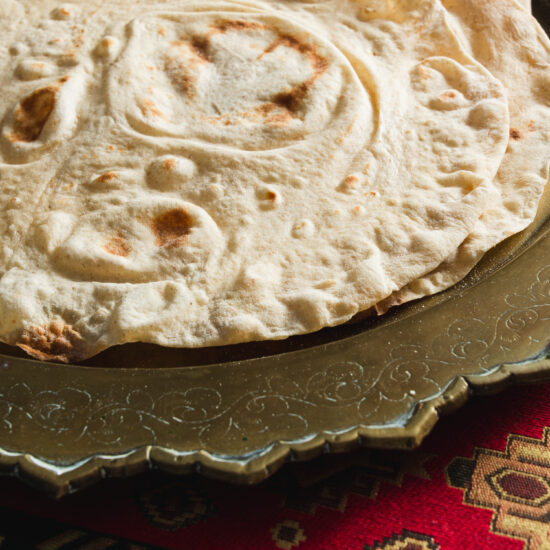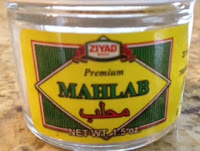I’ve been eating choreg my entire life, which amounts to a LOT of choreg!
The recipe I know -and love- is savory – not sweet, and includes freshly ground mahlab, fennel seed, anise seed, and a touch of ground ginger- a very unique, but delicious blend.
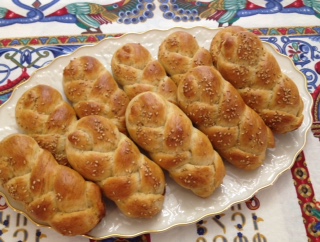
In recent years, I’ve learned that some folks incorporate mastic into their choreg recipe – perhaps, one of those regional ingredients.
I was gifted a small sample of mastic with the understanding that I’d add it to my next choreg recipe – as an experiment.
(If you’ve ever eaten traditional locum, you have tasted mastic.)
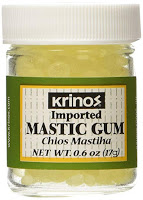
Here are a few questions and answers to help you understand the Mastic Mystique:
What is mastic? It is an aromatic gum or resin exuded from the bark of a bushy evergreen Mediterranean tree that’s used in chewing gum and as a flavoring. It comes in powdered form and as small pellets which are somewhat sticky.
How is mastic used in a recipe? It is added to certain baked goods and/or candy recipes.
What does mastic taste like? To put it simply, it tastes earthy-piney with a hint of bitterness.
According to Wikipedia, “originally a sap, mastic is sun-dried into pieces of brittle, translucent resin. When chewed, the resin softens and becomes a bright white and opaque gum. The flavor is bitter at first, but after some chewing, it releases a refreshing flavor similar to pine and cedar.”
Since I had never used mastic before, I contacted friend, Aghavni Armoudian for her expert advice.
Here’s what she told me:
“I usually do not measure, so I would guess half a teaspoon. To pulvarize (mastic), I use my mortar and pestle, add the gum and an equal amount of sugar and the mahlab, and (then) smash/grind. The gum can get sticky, but the sugar and mahlab help. Then I pass it through a fine sieve to prevent larger pieces from going into the dough. Clean your utensils immediately!”
With my newly acquired knowledge, I was anxious to experiment with the mastic. Instead of making traditional choreg, I took the easier route and made koolunja using both mahlab and mastic.
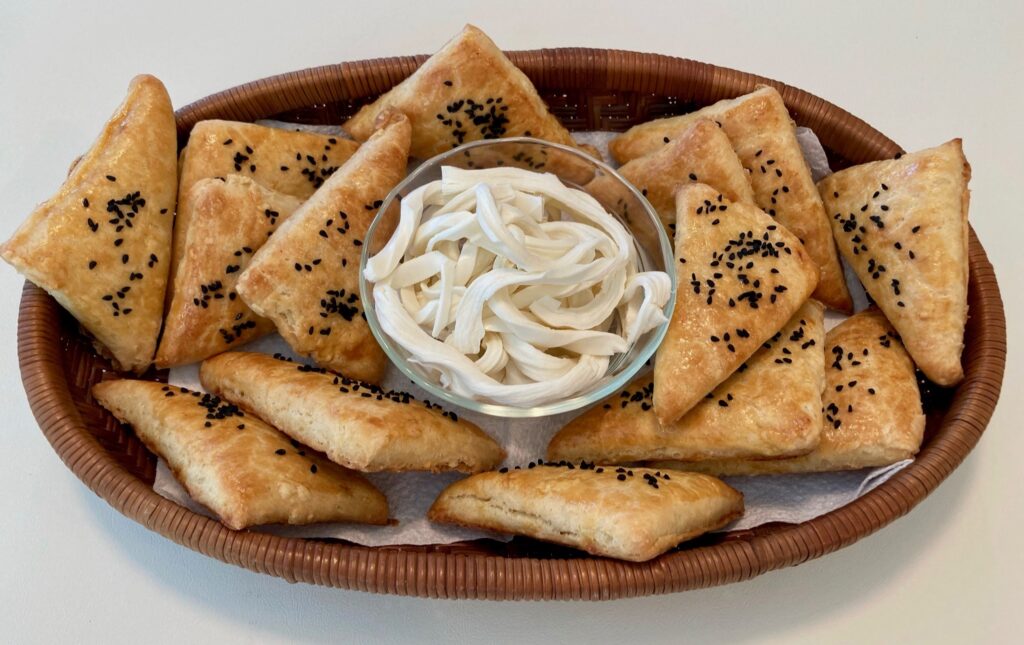
I followed the koolunja recipe with a few changes. First, I used my husband’s bar tool, the muddler, to pulverize 1/2 teaspoon mastic along with 1 Tablespoon of sugar so it became powdery. (I didn’t pass it through the sieve as Aghavni suggested.) I added it to the flour then prepared and baked the recipe as stated.
Evaluation: Since I only made half the amount of koolunja, I should have only used 1/4 tsp. of mastic, half the amount suggested by Aghavni. The piney-bitter flavor seemed overwhelming, most-likely because I use very little sugar in my choreg – or koolunja. I’m convinced that mastic would be more appropriate in a sweet choreg recipe, but not necessarily in savory choreg such as mine.
Lesson learned!

